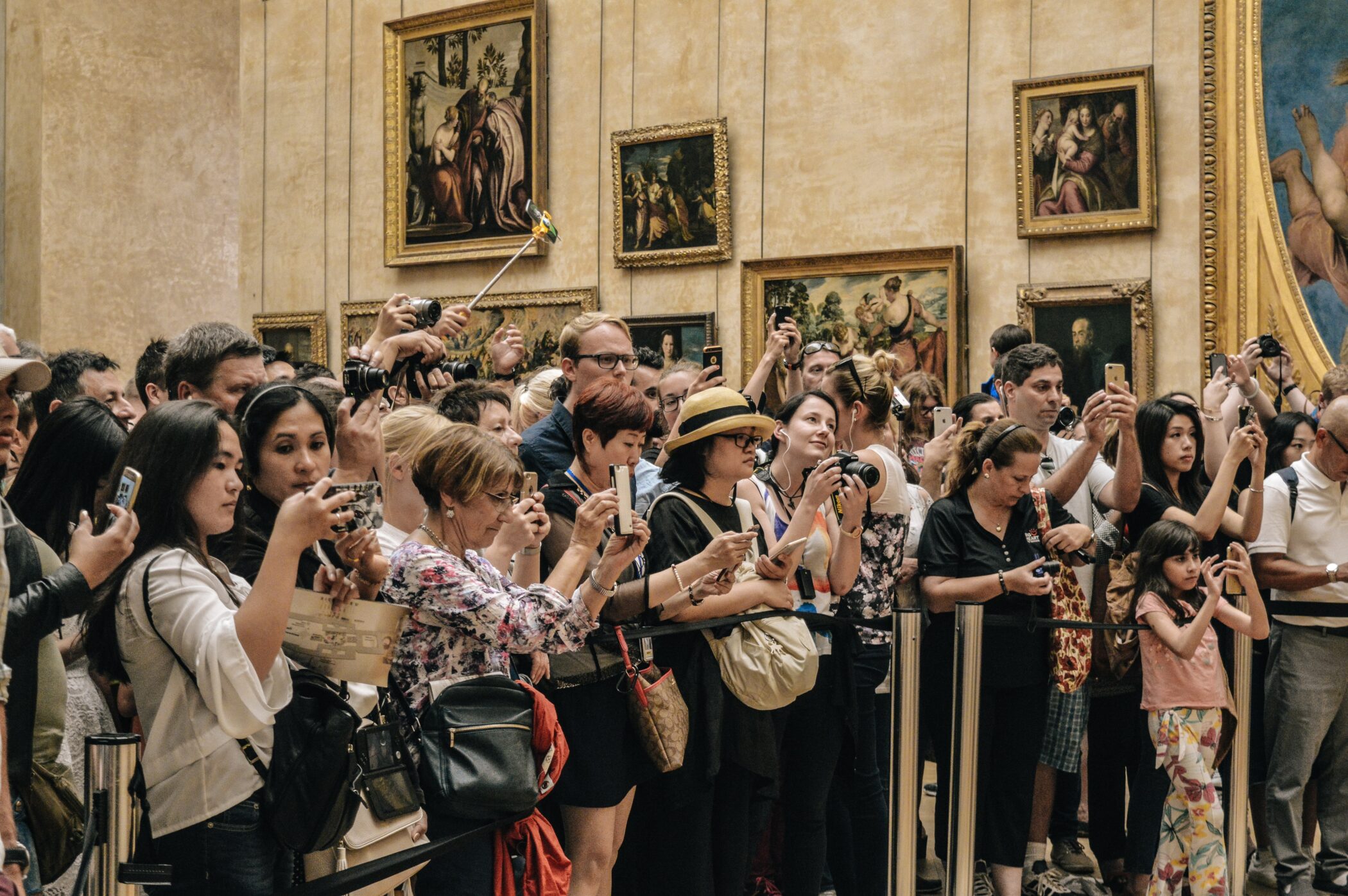To improve the visitor experience, the Louvre has limited the number of people who can enter the gallery to 30,000 per day. Rose Dykins reports
Following the reopening of China – the world’s biggest source market for international tourism – Parisian institution the Louvre art gallery has introduced a daily cap on visitors to ease overcrowding.
To improve working conditions for museum staff and ensure a more comfortable visitor experience, the museum is limiting its daily admissions to 30,000 people – 15,000 less than pre-Covid levels.
The Louvre – which houses Leonard Da Vinci’s Mona Lisa painting – welcomed 7.8 million visitors in 2022. This was an increase of 170 per cent compared with 2021, although still 19 per cent lower than 2019, prior to the pandemic.
During the first quarter of 2022, admissions were impacted by travel restrictions that were still in place for certain regions and countries. However, there was a steep increase in visitors from summer 2022 onwards.

In the past, lengthy queues have been a normal part of the experience of visiting the Louvre, one of Paris’s most popular tourist attractions. Overcrowding has been known to negatively impact visitors’ ability to enjoy the experience and enjoy artworks in a meaningful way. What’s more, it has placed demands on the museum’s staff, and led to strike action.
As well as introducing the daily admissions cap, the Louvre has also been encouraging visitors to pre-book a time slot for coming the museum – and reports that this has proved effective in helping to even out visitor footfall throughout each day.
What’s more, last summer, it reintroduced weekly Friday evening visits, providing more options for people to choose from, and offering a time slot attractive to the working population in Île-de-France (the French region in which Paris is situated).
Laurence des Cars, president-director of the Louvre, says: “The extremely positive figures for 2022 are tremendously encouraging for all our staff. I hope that visitors enjoy spending time at the Musée du Louvre, particularly those discovering the museum for the first time, who represent 60 per cent of them.
“We are always working harder to improve visiting conditions and to continue to offer a programme of great quality and a unique array of live performances resonating with what’s on at the museum.”
The Louvre’s action to change its post-Covid visitor experience to address overcrowding is a positive example of how tourism is evolving in the wake of the pandemic.
Having had time to pause and reflect, people are seeking more meaningful, culturally immersive travel experiences – rather than whirlwind trips with a rushed, low-level of engagement with local communities and attractions, which is one of the many negative impacts of overtourism.

